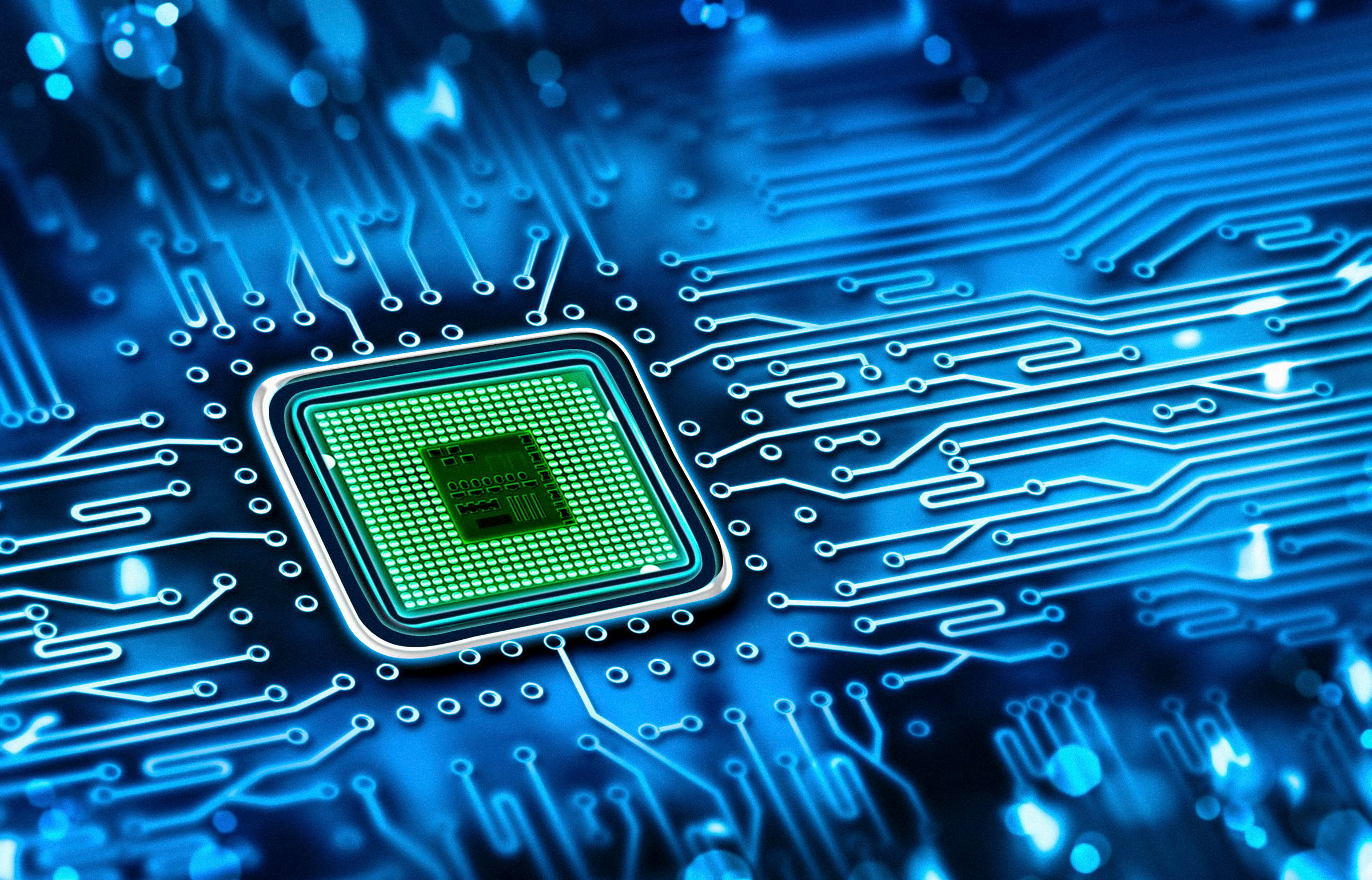Market prices for NAND and DRAM memory chips tumbled over the past two years, due to a global supply glut, soft demand for PCs and mobile devices, and macro headwinds. Those declines dented shares of leading memory chipmakers like Samsung Electronics (OTC: SSNLF) and Micron (MU +0.62%).
However, NAND prices gradually stabilized in the second half of 2019, and many analysts expect DRAM prices to recover next year. That warmer outlook boosted shares of Samsung and Micron about 30% and 50%, respectively, this year.
Samsung might seem like a better play on the memory chip market's cyclical rebound than Micron since it's the largest manufacturer of NAND and DRAM chips in the world. Micron ranks fourth in the NAND market and third in the DRAM market, according to TrendForce's DRAMeXchange. But today, I'll explain why Micron is a better overall investment on the memory market's recovery.

Image source: Getty Images.
Micron is a "pure play" on the memory market
Micron generates most of its revenue from memory chips. 63% of its revenue came from DRAM chips last quarter, 31% came from NAND chips, and the remaining 6% came from sales of other types of memory like NOR and 3D Xpoint chips.
Samsung generated just 28% of its revenue from its semiconductor unit, which mostly makes DRAM and NAND chips, last quarter. The rest of its revenue come from IT & mobile devices (47%), consumer electronics (18%), and display panels (15%). That total percentage exceeds 100% due to prior adjustments from inter-company eliminations.
Micron controls smaller shares of the NAND and DRAM markets than Samsung, but it's a better "pure play" on memory chips because it isn't weighed down by other businesses.
Samsung's strengths are offsetting its weaknesses
Samsung's IT & mobile revenue rose 17% annually last quarter, and the unit's operating profit jumped 32%. It attributed that growth to strong sales of its Galaxy Note 10 phones, and it expects that momentum to continue in 2020 with the arrival of 5G networks.
That growth is encouraging, but Samsung's mobile business also faced an easy comparison to the prior-year quarter, when its revenue and operating profits declined 10% and 33%, respectively. It also still faces stiff competition from Apple (AAPL 3.46%) in the premium market and Chinese rivals like Huawei, Vivo, Oppo, and Xiaomi (XIACF 5.25%) in the low to mid-range markets, so it can't be considered a reliable long-term growth engine yet.
Meanwhile, sales of Samsung's consumer electronics grew just 7% annually as operating profits dipped 2%, mainly due to tough price competition in the TV market. Sales of its display panels also fell 8%, but higher-margin OLED screens boosted the unit's operating profit by 6%.

Image source: Getty Images.
But none of that growth offset the weakness of Samsung's semiconductor unit, which posted a 29% drop in revenue and a 78% decline in operating profit during the quarter. This unit will recover as DRAM and NAND prices rebound, but Samsung's other businesses could struggle as Micron reaps the richer benefits.
Micron's sequential growth is improving
At first glance, Micron's revenue growth and gross margins over the past year look terrible:
|
Metric |
Q4 2018 |
Q1 2019 |
Q2 2019 |
Q3 2019 |
Q4 2019 |
|---|---|---|---|---|---|
|
YOY revenue growth |
38% |
16% |
(21%) |
(39%) |
(42%) |
|
Gross margin |
61% |
58% |
50% |
39% |
31% |
YOY = Year-over-year. Source: Micron quarterly reports. Non-GAAP.
But on a sequential basis, its revenue rose 2% in the fourth quarter as its DRAM and NAND revenue grew 1% and 5%, respectively. It expects that momentum to continue with 3% sequential growth in the first quarter of 2020. Those quarter-over-quarter improvements indicate that the DRAM and NAND markets are finally bottoming out.
Analysts expect Micron's revenue to decline 12% this year but rise 22% next year as the market recovers. Its earnings are expected to drop 61% this year, but also rebound 112% in 2021 -- which is an impressive growth rate for a stock that trades at just nine times next year's earnings.
Micron isn't an over-the-counter stock
Micron trades on the NASDAQ, but Samsung only officially trades in South Korea and the London Stock Exchange. U.S. investors who don't have access to either exchange need to buy "pink sheet" stocks, which are unsponsored, thinly traded, and don't always track the value of actual shares.
Therefore, investors who want a simple and direct investment in the rebounding memory market should consider buying Micron instead of Samsung. Samsung is still a sound long-term investment (for investors who have access to the stock), but it should be considered a diversified tech play instead of a pure memory play like Micron.








